Post-War America Provided A Rich Artistic Landscape For Printmakers, And So Artists Began To Create Their Own Take On ‘The American Dream’. Alice Wright Looks At The Evolution Of The Medium In The Ever-changing USA.

As Donald Trump begins his reign as 45th President of the United States, there is heightened interest in America’s position in the world and what it means to be American. To this end, the timing of a major new exhibition exploring how printmaking flourished in the US during a period of great change seems particularly apt. The American Dream: pop to the present, opens at The British Museum this March, drawing on the museum’s extensive collection of prints, as well as important loans from institutions such as New York’s Museum of Modern Art. The exhibition features many American artists who embraced printmaking as the ideal medium to express America’s power and influence, and to address social issues.
The timing of the show is largely a coincidence, says its joint curator Catherine Daunt. But she notes a number of recent exhibitions across London focusing on American art, such as the Robert Rauschenberg retrospective at Tate Modern, suggesting “something in the air… maybe a feeling that it’s a transitional time”.
The show follows on from the museum’s 2008 exhibition, The American Scene: Prints from Hopper to Pollock, featuring work by American artists from the first half of the 20th century. Sensing an appetite for a subsequent exhibition focusing on the second half of the 20th century and the 21st century, Stephen Coppel, Catherine’s co-curator of The American Dream, has focused on building up the museum’s collection in that area. “About two thirds of the works in the show are from the British Museum’s collection,” says Catherine. “And about 100 of those are works that have been acquired by the British Museum since 2008. It’s been an intense period of building the collection.”
Denne historien er fra March 2017-utgaven av Artists & Illustrators.
Start din 7-dagers gratis prøveperiode på Magzter GOLD for å få tilgang til tusenvis av utvalgte premiumhistorier og 9000+ magasiner og aviser.
Allerede abonnent ? Logg på
Denne historien er fra March 2017-utgaven av Artists & Illustrators.
Start din 7-dagers gratis prøveperiode på Magzter GOLD for å få tilgang til tusenvis av utvalgte premiumhistorier og 9000+ magasiner og aviser.
Allerede abonnent? Logg på
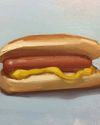
Still life IN 3 HOURS
Former BP Portrait Award runner-up FELICIA FORTE guides you through a simple, structured approach to painting alla prima that tackles dark, average and light colours in turn
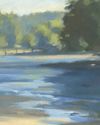
Movement in composition
Through an analysis of three masterworks, landscape painter and noted author MITCHELL ALBALA shows how you can animate landscape composition with movement
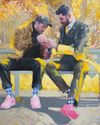
Shane Berkery
The Irish-Japanese artist talks to REBECCA BRADBURY about the innovative concepts and original colour combinations he brings to his figurative oil paintings from his Dublin garden studio
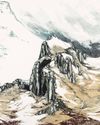
The Working Artist
Something old, something new... Our columnist LAURA BOSWELL has expert advice for balancing fresh ideas with completing half-finished work
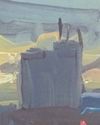
Washes AND GLAZES
Art Academy’s ROB PEPPER introduces an in-depth guide to incorporating various techniques into your next masterpiece. Artwork by STAN MILLER, CHRIS ROBINSON and MICHELE ILLING
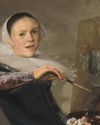
Hands
LAURA SMITH continues her new four-part series, which encourages you to draw elements of old master paintings, and this month’s focus is on capturing hands

Vincent van Gogh
To celebrate The Courtauld’s forthcoming landmark display of the troubled Dutch master’s self-portraits, STEVE PILL looks at the stories behind 10 of the most dramatic works on display
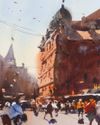
BRING THE drama
Join international watercolour maestro ALVARO CASTAGNET in London’s West End to paint a dramatic street scene
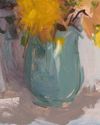
Serena Rowe
The Scottish painter tells STEVE PILL why time is precious, why emotional responses to colour are useful, and how she finds focus every day with the help of her studio wall
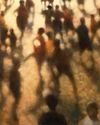
Bill Jacklin
Chatting over Zoom as he recovers from appendicitis, the Royal Academician tells STEVE PILL about classic scrapes in New York and his recent experiments with illustration